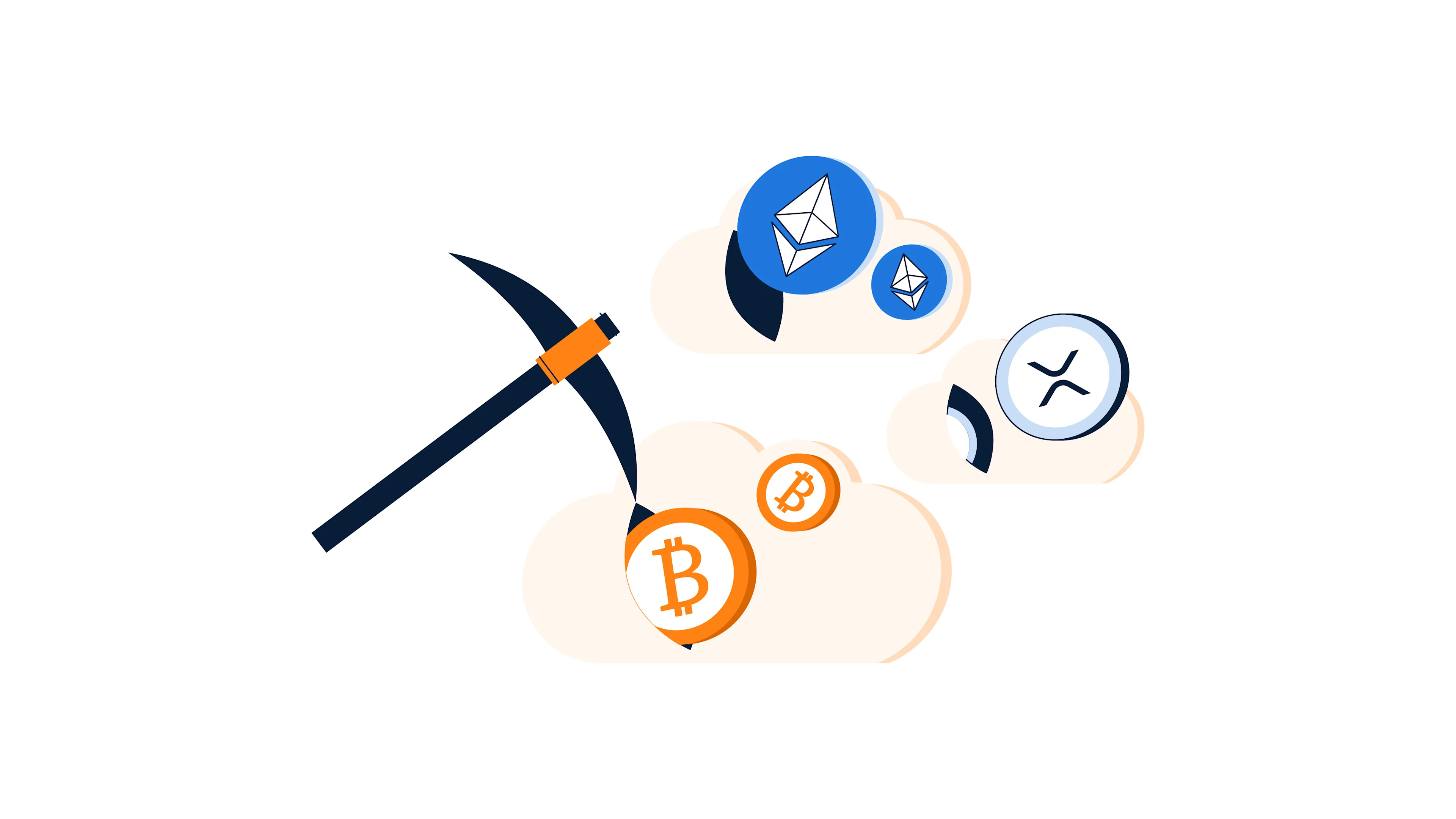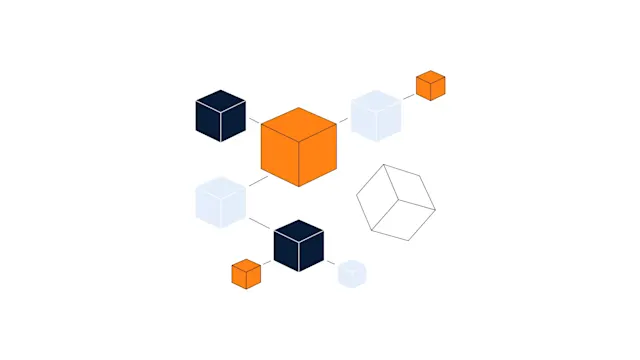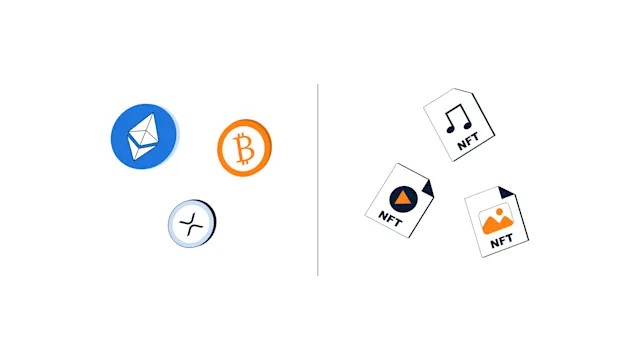
What Is Mining?
Just as physical gold is mined, the digital gold Bitcoin is also “mined” digitally. We will use Bitcoin as an example to explain the concept of mining, given that it is the same process for other coins that have adopted a similar mining mechanism.
What Is Mining?
Just as physical gold is mined, the digital gold Bitcoin is also “mined” digitally. We will use Bitcoin as an example to explain the concept of mining, given that it is the same process for other coins that have adopted a similar mining mechanism.
Mining is the process of using computing power to verify and record blockchain transactions. New blocks are created by solving advanced cryptographic puzzles using sophisticated hardware to find a hash that creates the next block. In return for mining a block, the miners are rewarded with newly issued coins, therefore, introducing new coins into the existing supply. Mining is utilized in Proof-of-Work (PoW) blockchains.
Mining difficulty differs based on the complexity of solving the cryptographic puzzle to mine a new block. The mining difficulty adjusts in correspondence to the increase or decrease of computational power being used to mine new blocks. In other words, the more people that try to mine, the more difficult it becomes, and vice versa. Mining was once a process that a decent home computer could perform but is now an activity performed by specialized groups that have combined their resources to form mining rigs.
Hash rate refers to the number of guesses per second that a mining rig can perform. For example, Bitcoin mining relies on a Proof of Work (PoW) model, in which miners attempt to solve the cryptographic puzzle by guessing as many solutions as possible to find the correct hash. The first miner to solve the hash gets the block reward as payment for their work. Thus, to increase the chances of profitability, miners need to be faster by having more hashing power than the other miners.



